In 2024, the mineral and metallurgical industry maintained growth in a number of strategic mineral mining and processing products.
Mineral prices recover
According to the Department of Industry ( Ministry of Industry and Trade ), in 2024, the mining industry will still face many difficulties. However, the industry also has some advantages because mineral prices have recovered, such as iron ore and alumina prices... Therefore, the industry has maintained growth in some strategic mineral mining and processing products. Specifically, for Alumina products, the output is expected to reach 1.4 million tons in 2024 (100% of design capacity)...
 |
| By 2030, mineral exploitation and processing must use advanced technology and equipment. Photo: TT |
As for the metallurgical industry (especially the steel industry), in 2024, the world situation will have many fluctuations, which is the impact of the conflict between Russia and Ukraine. In China - the world's largest steel producer, the real estate market continues to be gloomy, factories have reduced production capacity, and steel product inventories in China are high. Due to high gas prices in EU countries, some steel factories in Europe have temporarily stopped production. It is forecasted that in 2025, global steel production will tend to increase again, forecast to increase by 12% compared to the same period in 2024.
“ The domestic steel industry, steel production and trading will grow again in the second half of 2024, domestic consumption is expected to recover thanks to residential real estate and the increase in the number of newly licensed projects. Crude steel output is expected to reach 24 million tons, up 12% compared to 2023; hot rolled steel sheet is expected to reach 7.2 million tons, up 7% compared to 2023; construction steel is expected to reach 12.7 million tons, up 12% compared to the same period in 2023 ” - the report stated.
Regarding the mining and mineral processing industry, according to the Department of Industry, this sector's growth has not yet ensured sustainability, labor productivity is low, resource loss is still high, mining and processing have not been linked to ensure supply-demand balance. Technology is still low, product competitiveness is not high, there are no policies to manage mineral business and processing activities to ensure efficient use of resources.
Besides some modern steel factories that have just been built and put into operation (Formosa Steel, Hoa Phat Dung Quat Steel), the competitiveness of Vietnam's steel industry is currently quite low compared to the region and the world. The reason is that the factories have small capacity, outdated equipment, consume a lot of energy and pose potential environmental risks; input materials for steel production such as coke, iron ore, scrap steel.
By 2025, focus on solutions for the mineral and metallurgical industries.
The Department of Industry forecasts that in 2025 and the following years, the metal and mineral market will have many fluctuations due to developments in the world market.
Regarding the Planning for exploration, exploitation, processing and use of minerals for the period 2021-2030, with a vision to 2050, which has been issued and put into operation in 2024, it is the basis for mineral exploitation and processing projects to be implemented, contributing to GDP growth and serving the processing and manufacturing industries as well as implementing the planning progress according to the set plan.
According to the leader of the Department of Industry, the Mineral Planning for the 2021-2030 period, with a vision to 2050, is of special importance, not only as a legal basis for state management of mineral planning but also opening up new development space for the Vietnamese mining and mineral processing industry in a more efficient and sustainable direction, in line with the viewpoints and policies of the Party and State and the development trend of green economy, circular economy, low-carbon economy of the National Master Plan.
Successfully achieving the above goals, the mining and mineral processing industry will gradually become a foundation industry, providing important and indispensable raw materials for the development of other industries (electricity, chemicals, machinery manufacturing, transportation, defense industry, construction industry...) serving the cause of industrialization and modernization of the country.
For the metallurgical industry, especially the steel industry, in 2025, the Ministry of Industry and Trade will continue to study the possibility of applying trade defense measures in accordance with WTO regulations and signed agreements such as FTA, EVFTA, and CPTPP to protect the Vietnamese steel industry from competitive pressure from imported steel products.
In addition, the Department of Industry also coordinated with the Institute for Strategy and Policy Research on Industry and Trade to complete the development of the Steel Industry Development Strategy for the period 2030, with a vision to 2050.
According to the draft Decision approving the Steel Industry Development Strategy for the period up to 2030, with a vision to 2050, which is being consulted, the target for 2030 is that the average annual growth rate of the steel industry will be 5-7%; consumption will be 270-280 kg/person/year; the steel production capacity of domestic metallurgical plants will increase to meet the growing demand, reaching 40-45 million tons per year by 2030. In the period up to 2050, the average annual growth rate of the steel industry will be approximately 5%; consumption will be 360-370 kg/person/year; Vietnam's steel output in 2050 will reach 65-70 million tons.
| According to the Institute for Strategic Research and Industry and Trade Policy, in order for the Planning for exploration, exploitation, processing and use of minerals in the period of 2021 - 2030, with a vision to 2050, to be implemented quickly and effectively, it is necessary to strengthen research and develop support policy mechanisms, continue to review and supplement legal regulations on minerals, especially policies related to the exploitation and processing of strategic minerals, such as bauxite, titanium, rare earth, nickel, etc. Ensure that legal policies provide maximum support for businesses in developing mineral exploitation and processing projects, while protecting the environment and mineral resources. Improve land planning and management. |
Source: https://congthuong.vn/nganh-khoang-san-luyen-kim-giu-vung-tang-truong-trong-nam-2024-367257.html





![[Photo] Prime Minister Pham Minh Chinh receives President of Cuba's Latin American News Agency](/_next/image?url=https%3A%2F%2Fvphoto.vietnam.vn%2Fthumb%2F1200x675%2Fvietnam%2Fresource%2FIMAGE%2F2025%2F12%2F01%2F1764569497815_dsc-2890-jpg.webp&w=3840&q=75)

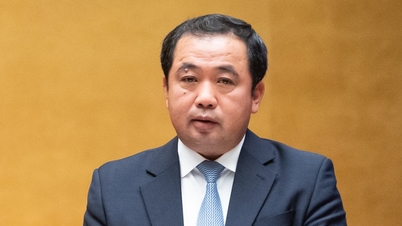

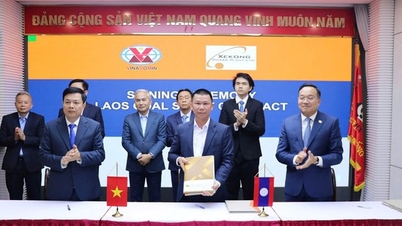





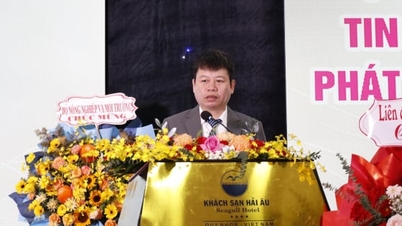


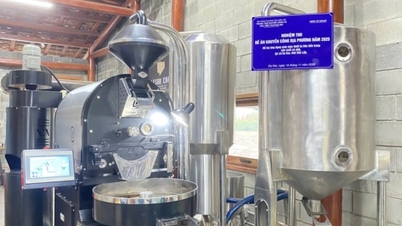
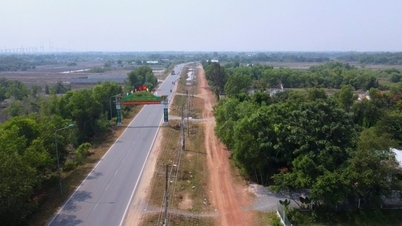


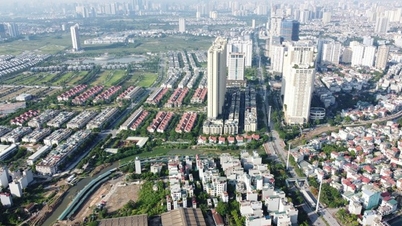
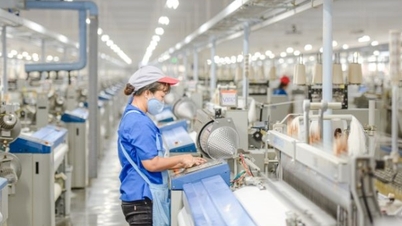





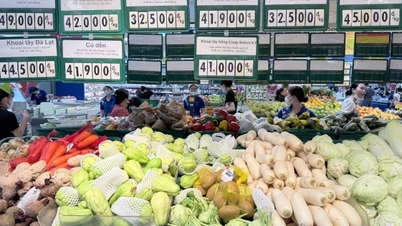
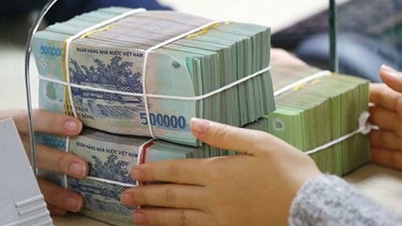


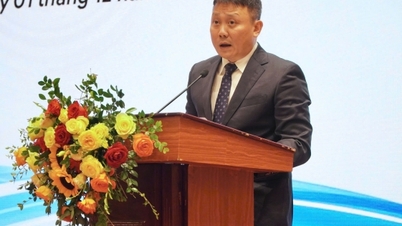
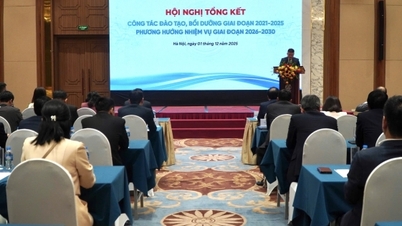











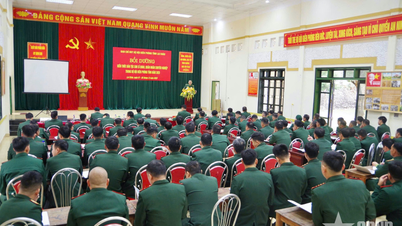



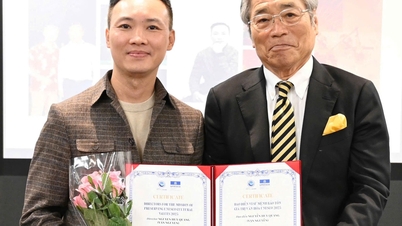






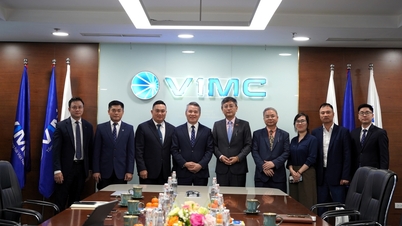


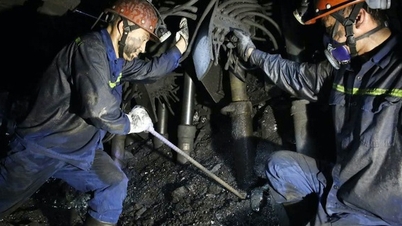

















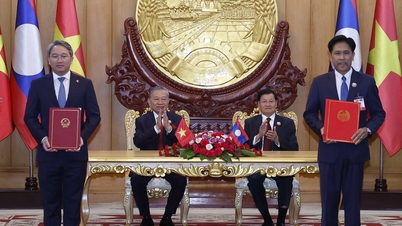
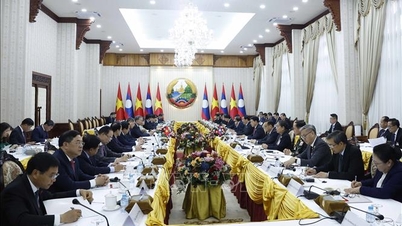



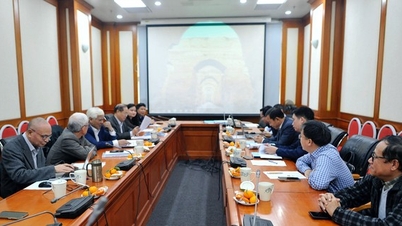
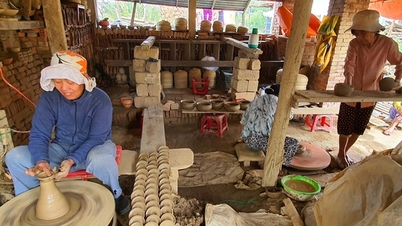









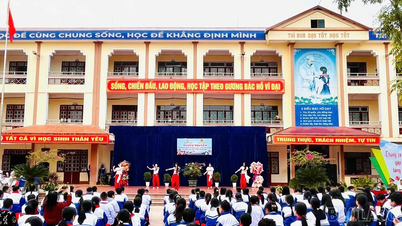














Comment (0)